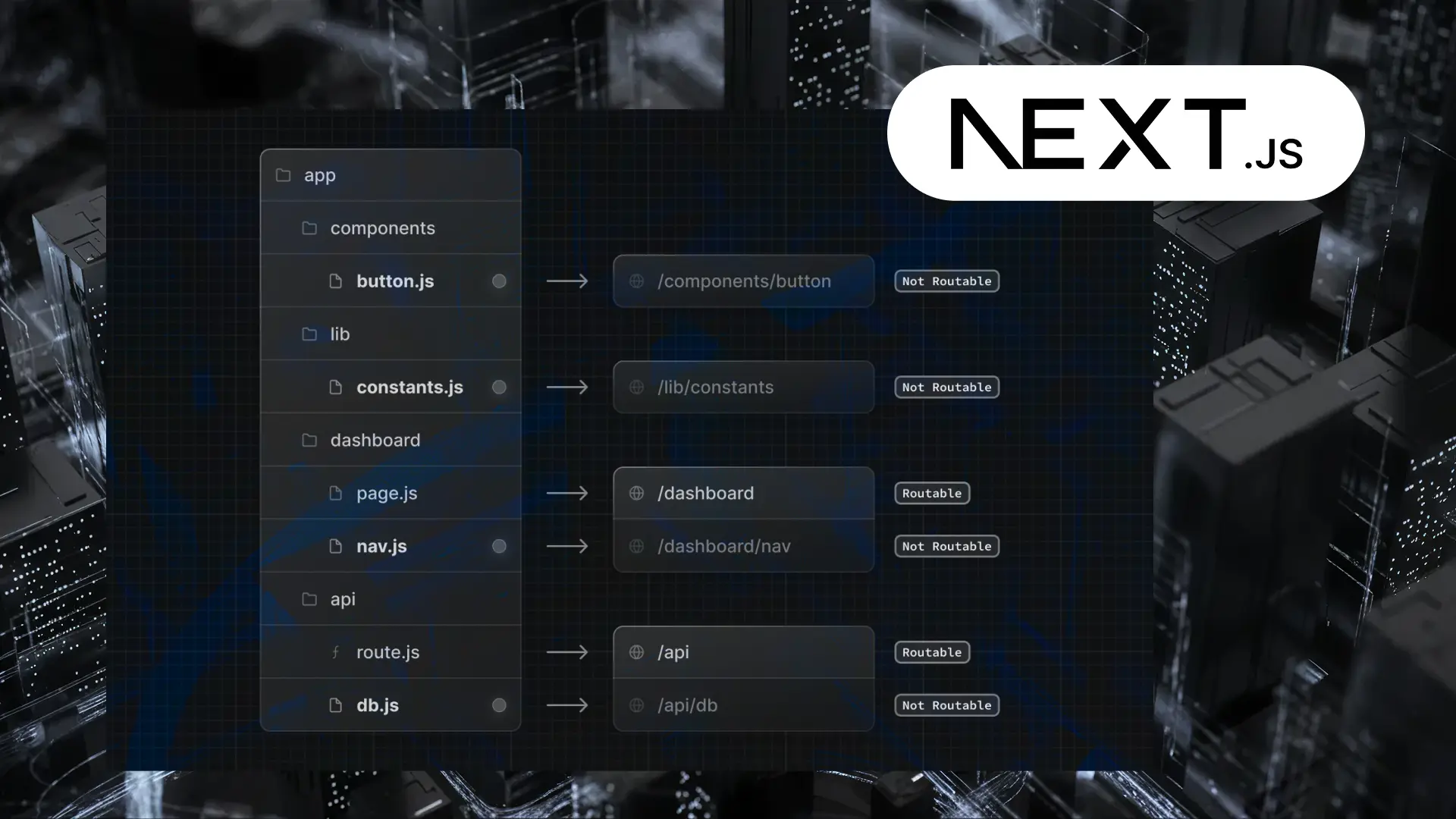Table of Contents
Book a call
Rethinking How We Build: A First Look at Firebase Studio
Editor’s Note: This blog is adapted from a talk by Sneha Rajan, Group Product Manager at Google, delivered during the Build with AI meetup hosted by GeekyAnts at NIMHANS. In her session, Sneha introduced Firebase Studio—a new developer platform from Google aimed at simplifying how applications are prototyped, built, deployed, and scaled. Drawing on her work leading developer experiences at Google, she walked the audience through product design decisions, key feature capabilities, and the hands-on workflow of Firebase Studio in action.
Rethinking App Development from the Ground Up
Hello everyone, I am Sneha Rajan, Group Product Manager at Google, working on developer experiences. It was energising to speak to such a passionate group of developers, and I am excited to share what we have been building.
Today, I want to talk about Firebase Studio—a new platform designed to help developers go from idea to app faster, more collaboratively, and with far less friction. The goal of this session is to explain what Firebase Studio is, how it fits into the modern software development lifecycle, and how it reflects the evolving nature of developer needs.
Three Shifts That Informed Firebase Studio
Before diving into the platform, it is helpful to reflect on how app development has evolved over the years. Three major shifts have influenced how we think about tooling today.
First, the app development lifecycle has become deeply fragmented. Developers are required to make decisions at every stage: choosing the right tech stack, integrating CI/CD pipelines, building for scalability, enforcing security, selecting deployment tools, and managing post-deployment monitoring. These decision points introduce friction and slow down velocity.
Second, software development is no longer tied to a specific physical space or device. Developers work across geographies and time zones. They use laptops, tablets, and even mobile devices to build and deploy code. That decentralisation introduces new complexity and collaboration challenges.
Third, the role of AI in development has matured. Developers are now using AI to assist with code generation, decision-making, and orchestration. The shift is moving from AI as an assistant to AI as an autonomous agent. The tools we build must accommodate that trajectory—allowing AI to participate more meaningfully in the development process, while still giving humans control.
Introducing Firebase Studio
Firebase Studio is our response to these challenges and opportunities. It is a cloud-native, AI-integrated development platform that allows developers to prototype, build, deploy, and manage full-stack applications—including AI agent workflows.
At its core, Firebase Studio is a web-based IDE. It supports natural language prompting, code-level editing, real-time previews, and seamless integration with Firebase services like authentication, Firestore, and push notifications. Developers can start from scratch, import an existing repository, or use curated templates to jumpstart their workflow.
What makes Firebase Studio powerful is that it supports both ends of the spectrum. If you are a no-code or low-code developer, you can work entirely within the visual prototyping interface. If you are a hands-on developer, you can switch to code mode, access source files, and take full control of the stack.
End-to-End Integration Without Tool Switching
One of our guiding principles was to eliminate context switching. In most development workflows, you move between multiple tools—an editor, a terminal, a deployment dashboard, and an analytics platform. With Firebase Studio, everything is integrated. You can write, preview, deploy, and monitor—all within the same interface.
The IDE is backed by a fully managed cloud VM that handles storage, dependencies, and compute. It provides intelligent AI assistance throughout the process, offering suggestions, generating boilerplate, and helping you debug in real time.
If you are using Firebase services on the backend, those integrations are native. Authentication, Firestore, and other services can be added with minimal setup, and they sync directly with your front-end components.
Prototyping with Natural Language
To demonstrate the workflow, I walked through a live example during the session. The goal was to build a lightweight ERP dashboard for small businesses. The dashboard included a revenue and expense summary, a profit tracker, and a calendar for managing appointments.
To begin, I entered a natural language prompt describing the app and clicked on “Prototype.” Behind the scenes, Firebase Studio booted up a VM, loaded all dependencies, and created a structured product requirements document.
This document included the core features extracted from the prompt, such as the financial dashboard, appointment calendar, input forms, and an AI-powered expense categorisation engine. It also applied default style guidelines and recommended a tech stack: Next.js with Tailwind CSS and ShadCN for UI components.
Bridging Prompting and Code
Once the prototype was validated, Firebase Studio generated the full source code in the background. Developers could then switch to code mode and edit files directly. Alternatively, they could continue iterating using natural language commands in the prototyping interface.
What you see as a user is a real-time preview of the app as it takes shape. You can adjust UI elements, reconfigure logic, or connect to Firebase backend services—all without leaving the environment.
Whether you are starting from a prompt or a codebase, Firebase Studio ensures that your development process remains fast, guided, and deeply integrated.
What This Means for Developers
Firebase Studio is designed to reflect where software development is headed. It assumes that developers want:
Unified environments with fewer context switches
- Real-time AI assistance embedded in the tooling
- Seamless backend integration and scalable infrastructure
- Support for both visual prototyping and manual coding
- The ability to go from idea to deployment with minimal friction
The platform is now live at firebase.studio.com, and we are excited to see how developers use it across industries and use cases. Whether you are building internal tools, agent-based apps, or front-end experiences powered by Firebase, this platform is built to support that journey.
Thank you to everyone who attended the talk. I look forward to seeing what you build.
Dive deep into our research and insights. In our articles and blogs, we explore topics on design, how it relates to development, and impact of various trends to businesses.







